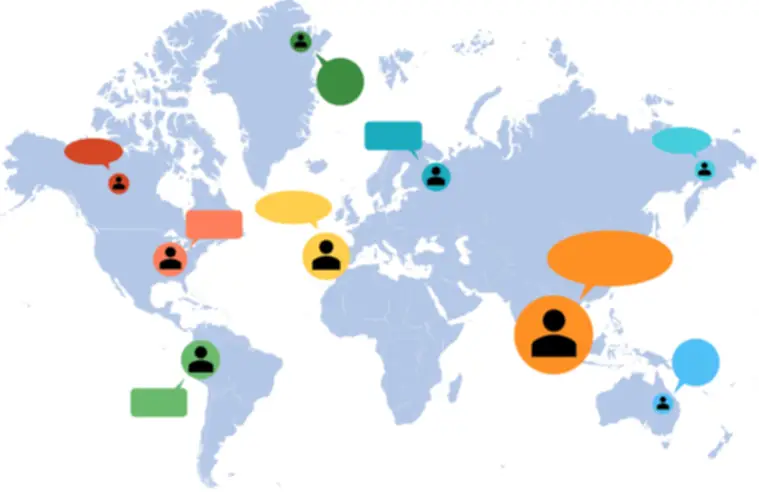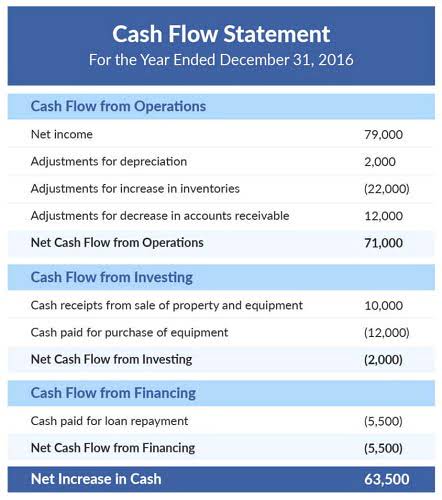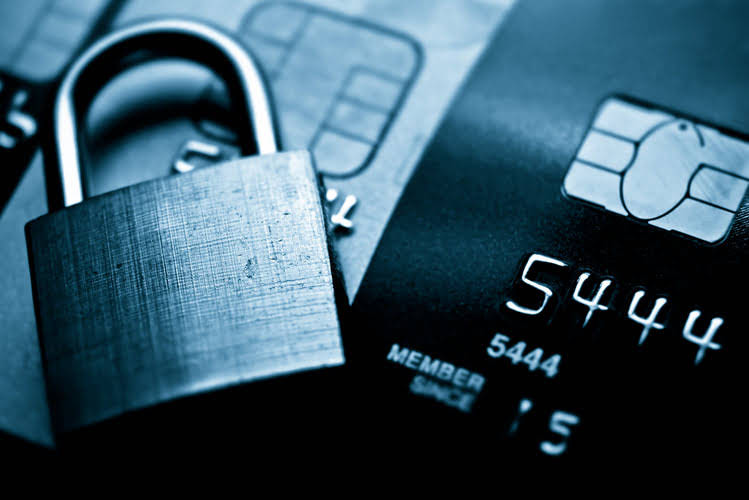
This agent is a lipid soluble compound, has an initial rapid distribution and large volume of distribution, with a half-life of 10 to 15 minutes. Secondarily, the drug distributes into peripheral tissues with a slower elimination half-life of up to 3 hours, undergoes hepatic metabolism and is excreted in the urine. Our method helps identify and address co-occurring disorders through therapy. Some people say taking ketamine feels like almost dying, seeing things that aren’t there, and forgetting a lot.
- Food & Drug Administration (FDA) decades ago for use in medical and surgical procedures.
- In a standard therapy session with your doctor, they will first discuss what will occur during the process.
- People who regularly misuse ketamine may experience irritability, depression, and impaired judgment.
- This drug has been abused for decades, so several studies have been done to determine the most commonly affected demographic and the effects it has on the population.
- Our team of medical, clinical, and wellness experts are here to help you break free from addiction and achieve the happy, healthy life you deserve.
What are the Symptoms of Ketamine Addiction?
- Unlike most anesthetics, it does not put the patient to sleep but puts them in a dissociative state while sedating them and relieving pain.
- Ketamine was first used in medical procedures for anesthesia in the 1960s.
- Furthermore, ketamine is FDA-approved for enhancing the effects of low-potency substances such as nitrous oxide.
- Esketamine (Spravato) is used to treat depression; it is one of the forms of racemic ketamine and was FDA-approved in 2019 for specific types of depression.
It is commonly referred to as special K, ket, cat valium, kit kat, and vitamin K, among others. Plugging ketamine is accomplished by inserting the drug into the anus using a syringe or other object. Their speech, memory, and overall cognition will be heavily impaired, and they will appear to be in a detached haze throughout the day. Food & Drug Administration (FDA) decades ago for use in medical and surgical procedures. Outpatient treatment programs allow you to go home each day after treatment, although they do expose you to the temptations and triggers of your everyday environment. Additionally, when the user is temporarily paralyzed by the drug, they won’t be able to clear their airway, which can lead them to choke and potentially die from aspiration.
Signs and symptoms of ketamine addiction
The drug produces dreamlike, paralytic effects similar to those of PCP that can last between 30 minutes and one hour. People who use ketamine experience intense highs and dissociative feelings that make users feel detached from their bodies, and can even cause hallucinations. Treatment for ketamine addiction can help someone who is struggling with ketamine use recover and achieve long-term abstinence from this dissociative drug.
Extent of Abuse
Twenty-five percent of ketamine users report pain related to emptying their bladder, the urine often containing blood. Even users who only take ketamine occasionally report the sensation of “ket cramps,” or pain while urinating due to the abrasive nature of the chemicals passing through their kidneys and urinary tract. Ketamine is a dissociative drug used as an anesthetic in veterinary practice. Dissociative drugs are hallucinogens that cause the user to feel detached from reality. Millions of Americans are self medicating with alcohol, and others increasingly with marijuana, and so on, all the time. I certainly think clinicians and patients should be talking about these things.
Research on Ketamine Use in Addiction Treatment

We’ll be examining the symptoms to look out for, and factors that can increase the risk of developing a dependence or addiction to ketamine. This article will also look into trusted treatments that can help overcome ketamine misuse. Third, since subjects were mostly recreational users, they might have used ketamine shortly before data were obtained.
Related treatment guides

Currently, there is no specific treatment for treating every ketamine patient presenting peripheral toxicity. Interestingly, ketamine psychotherapy has been suggested to be a promising approach to treat addiction of other drugs. Future research can continue to develop creative ways to investigate potential https://ecosoberhouse.com/ mechanism and treatments related to ketamine abuse that have posted severe individual and social harms. Individuals who abuse ketamine often build up a tolerance to the drug and will progressively require higher doses to get high.

Also, ketamine is often used to harm others without them knowing, making it hard for them to fight back against unwanted touches. Dealers occasionally sell ketamine combined with other drugs, such as heroin or ecstasy, using it as a cutting agent to enhance their potency. Ketamine abuse is common because it is easy to get and offers an intense high.
Prolonged ketamine abuse can lead to psychological addiction, marked by an obsession with and intense cravings for the drug. Some people begin using ketamine as a recreational club drug of choice. Clubbers may be looking for a mild mind-altering experience, which is why ketamine and MDMA are so commonly abused. With ketamine, we have a drug that has unclear effectiveness with some very well described dose-response and cumulative adverse effects that run all the way up to death. There is a remarkable dearth of evidence of well controlled, randomized, blinded trials, which really represent the gold standard for how we assess effectiveness. Many trials only look at short-term, not at moderate or long-term, outcomes of effectiveness.
During the intervention, the family and friends not only confront their loved one, stating they will not ketamine addiction enable the addiction, but offer their love and support for the addict’s treatment and recovery. When ketamine is abused for an extended period of time, these side effects can last well over a year. Ketamine is a dissociative tranquilizer used mostly in the veterinary field but is also abused as a recreational club drug. If someone you care about uses ketamine, it’s important to know how to recognize a problem. Ketamine abuse can cause symptoms of depression, irritability, and insomnia. Safety is really where things open up, because this is a drug that affects perception and can cause hallucinations and visions.

Ketamine is not FDA-approved for depression; it is used off-label for this condition. Ketamine is an anesthetic, meaning it lowers a person’s sensitivity Twelve-step program to pain. People using ketamine can become disoriented and get hurt without realizing it.






